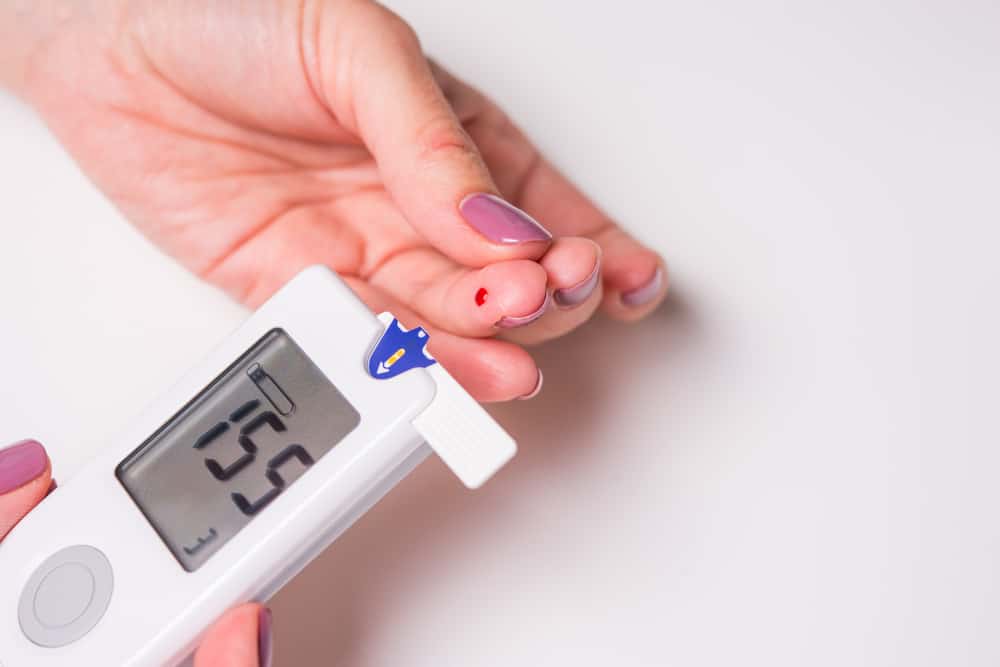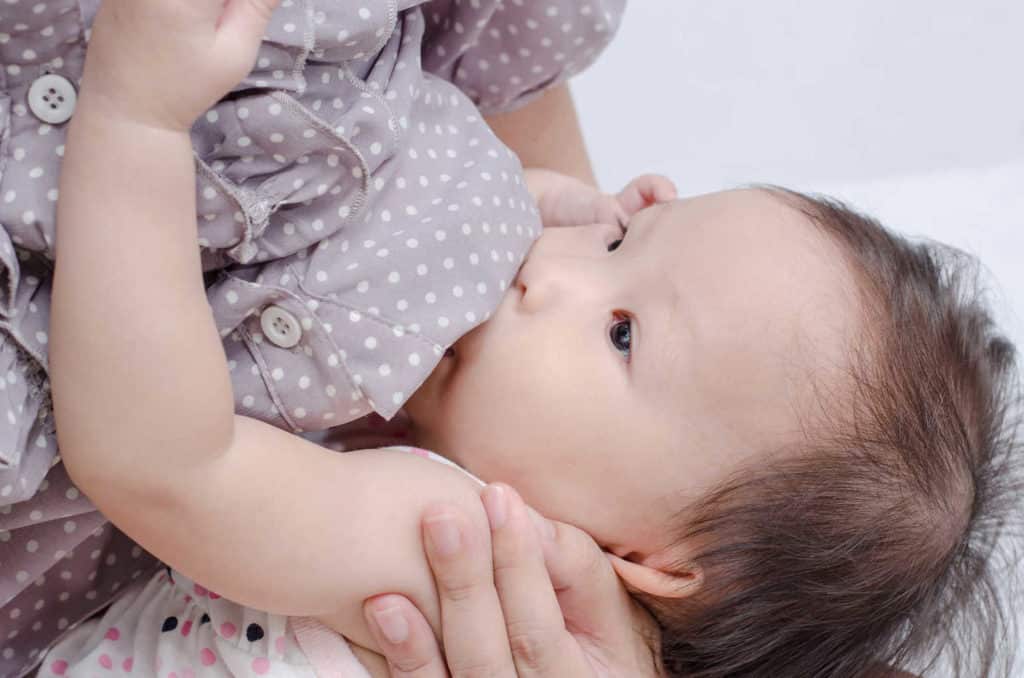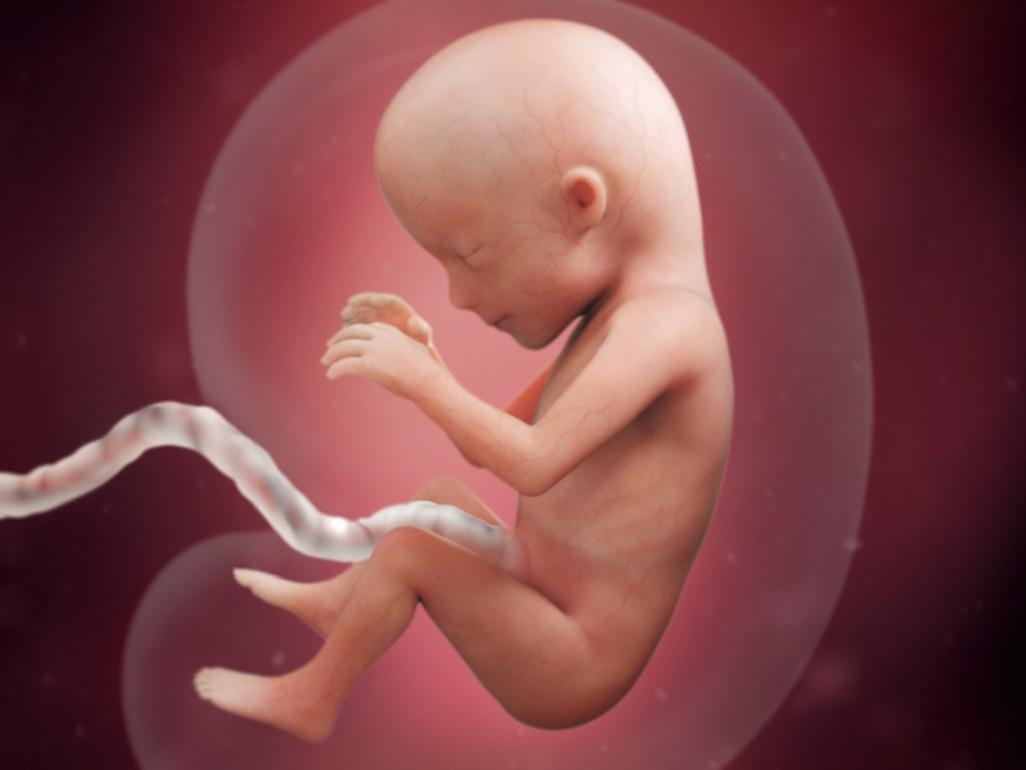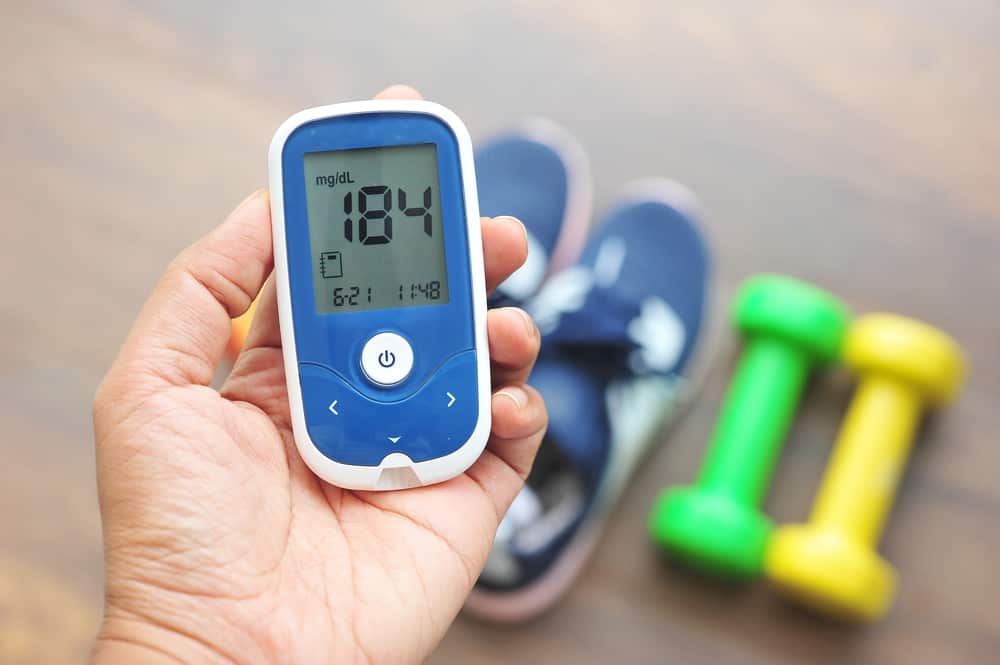Contents:
Medical Video: Introduction to Pediatric Stroke Management by Miya Bernson-Leung for OPENPediatrics
To diagnose stroke in infants and children, the signs and symptoms that appear will be recognized and considered first. Then, a picture of the brain (via a device) will be taken to find out the location or location of the stroke. To find out the cause of stroke, health experts including doctors and stroke nurse teams must talk with children and parents to get relevant information about:
- Maternal health and pregnancy
- Family blood history, especially parents and relatives
- History of births, health problems or diseases in children
- Stage of child development when starting to crawl, walk, and talk
- Daily behavior and level of learning. Usually you will be asked if there have been changes in the child recently
- Details about neurological symptoms
- Related medical problems, such as infections, trauma, drugs, etc.
A physical examination coupled with a child's health record based on a specific test will be able to help the nurse team find the right diagnosis and make prescriptions for treatment.
READ ALSO: Baby Boys Are More Vulnerable to Infecting Baby Stroke
These tests include:
Brain Scanning (CT / MRI): There are many types of brain scans, including computed tomography scans (CT scans), magnetic resonance imaging (MRI) scans, or ultrasound. Scanning of the brain is used to show brain tissue, blood flow, and fluid in the skull to the nurse team. This test is also the first to be used when doctors assume that a child has a stroke. The resulting images show whether it is caused by a blood clot (ischemic stroke) or bleeding (hemorrhagic stroke). Sometimes, coloring is also used so that the structures of arteries and veins in the brain are more easily seen, also to see any blockages in the arteries or veins that cause strokes.
Cerebral Angiogram: This test can show blood vessels in the brain specifically. Dyes and X-rays show blood flowing through blood vessels, and this helps detect and diagnose blood vessel problems in the brain.
Blood Test: A number of blood tests can help identify potential causes of stroke in children, including examining blood cell counts and blood clotting systems and tests to detect infections or other diseases that might affect a child having a stroke.
READ ALSO: What You Need To Know About Baby Stroke In Content
Echocardiogram (Echo): This tool produces images of heart activity. This tool can identify heart problems that trigger strokes such as structural problems, weak heart function, blood clots, or infections.
Electrocardiogram (ECG): A kind of patch will be placed on the chest to measure the heart's electrical activity and get rid of the heart rate problem that might cause a stroke.
Electroencephalogram (EEG): A kind of patch will be placed on the head with a cable connected to the machine. This machine is capable of displaying information about a child's brain waves and can be used to determine seizures (excessive electrical activity in the brain that can occur after a stroke).












